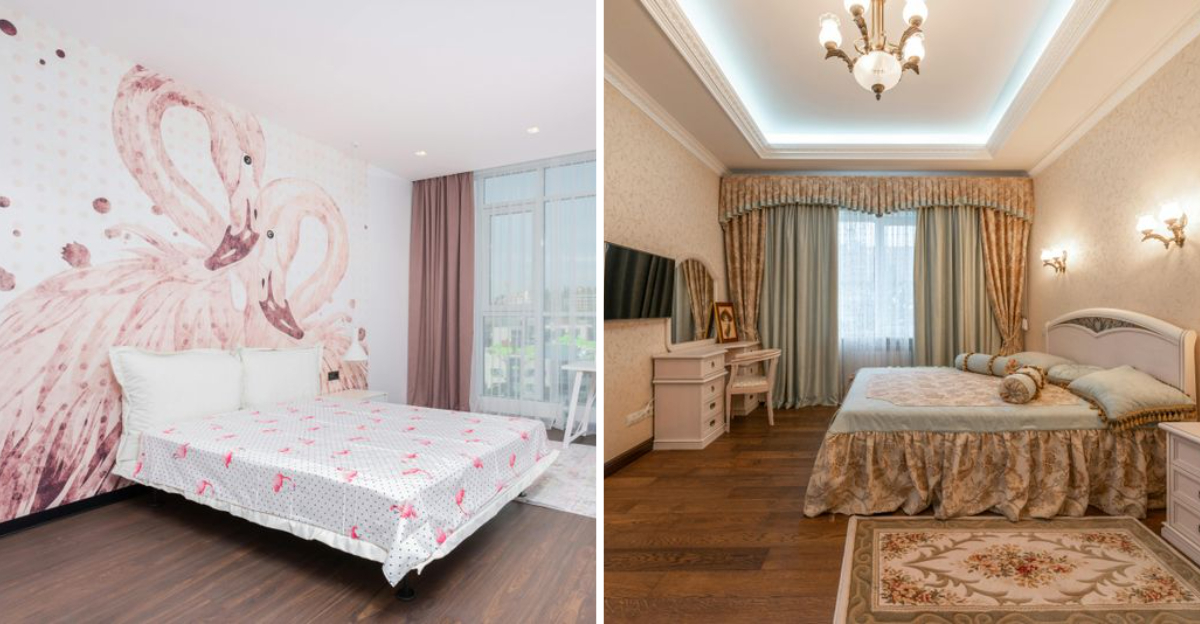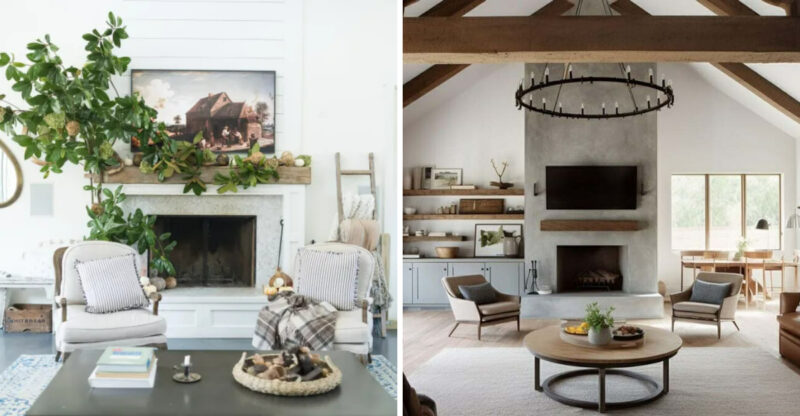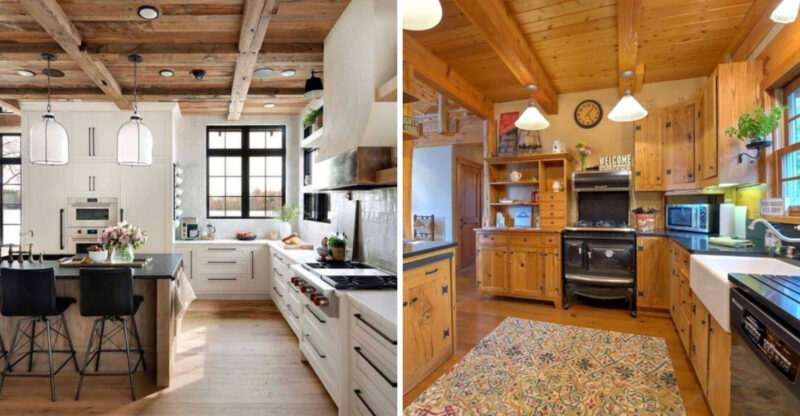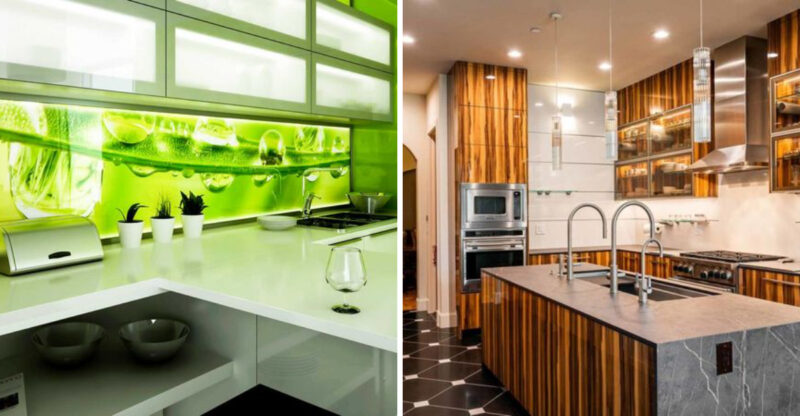Interior Designers Reveal 7 Bedroom Shades That May Transform Any Room

Choosing the right color for your bedroom can completely change how the space feels and functions. Professional interior designers know that certain shades have the power to transform a room from ordinary to extraordinary with just a coat of paint.
I’ve gathered insights from top designers who reveal their favorite bedroom colors that create different moods, from calming sanctuaries to energizing retreats.
Keep in mind, color perception is subjective, and how a shade looks in your bedroom may vary depending on lighting, room size, and personal preference.
1. Soft Gray: The Versatile Neutral
Timeless and adaptable, soft gray acts like a design chameleon in the bedroom, seamlessly complementing everything from classic to ultra-modern aesthetics.
When paired with crisp white trim, soft gray walls create a clean, architectural feel that makes artwork and accessories pop. The beauty of this shade lies in its flexibility it can feel warm or cool depending on the lighting and complementary colors you choose.
Did you know? Gray has been shown to reduce stress and anxiety, making it perfect for creating a peaceful sleep environment. Try incorporating different textures in this color through bedding, rugs, or curtains for added dimension without introducing competing colors.
2. Warm Beige: The Cozy Classic
Nothing wraps a room in comfort quite like warm beige. This timeless neutral creates an instant feeling of welcome, making even the most spacious bedrooms feel intimate and cozy.
Warm beige acts as a beautiful canvas for natural materials like wood, rattan, and linen. If you’re worried about beige feeling flat, mix in varying shades from the same family think cream, tan, and caramel to create depth without disrupting the peaceful vibe.
Many designers pair beige with black accents for a modern edge or blue accessories for a coastal feel. The versatility of this shade makes it particularly valuable in rental properties or when you’re planning to sell, as it appeals to almost everyone while still offering character.
3. Muted Blue: The Tranquil Retreat
For a bedroom that feels like a breath of fresh air, muted blue delivers evoking coastal calm while offering genuine wellness benefits.
The key to using muted blue successfully lies in choosing versions with gray undertones rather than bright primary blues. These sophisticated blue-grays create a subtle backdrop that changes beautifully throughout the day, reflecting the sky’s natural shifts.
For maximum impact, try painting both walls and ceiling in the same muted blue shade this technique blurs the boundaries of the room and creates the illusion of endless space, similar to the horizon where sky meets ocean.
4. Creamy White: The Luminous Brightener
With its light-enhancing qualities, creamy white can completely transform a bedroom, offering both spaciousness and subtle warmth in one effortless shade.
The magic of creamy white lies in its ability to make architectural details shine crown molding, wainscoting, and built-ins all gain definition against this soft backdrop. If painting everything white feels too plain, consider using it as a foundation for a monochromatic scheme, layering in ivory, ecru, and beige through textiles and accessories.
This shade works wonderfully with virtually any design style, from farmhouse to minimalist modern. For a particularly luxurious effect, try creamy white walls paired with bedding and curtains in the same color family but different textures silk, linen, velvet, and cotton create visual interest without color contrast.
5. Light Aqua: The Refreshing Escape
I often recommend light aqua for clients who want a calm, airy space it evokes the peacefulness of a beach resort while helping the room feel cooler.
The spa-like quality of light aqua promotes deep relaxation, making it ideal for master bedrooms or guest rooms where you want visitors to feel pampered. When paired with crisp white linens and natural textures like jute or seagrass, this color creates a vacation-worthy atmosphere that feels clean and rejuvenating.
Did you know? Light aqua has been shown to lower heart rates and reduce anxiety, making it one of the most physiologically calming colors. For maximum impact, carry this shade through to the en-suite bathroom for a cohesive retreat experience that mimics luxury resorts and wellness destinations.
6. Taupe: The Sophisticated Mediator
Perfectly balanced between warm and cool, taupe is a sophisticated shade that brings both harmony and depth to bedroom spaces without overpowering them.
Many designers consider taupe the ultimate “grown-up neutral” for master bedrooms. It creates an elegant foundation that accommodates both cool-toned linens and warm wood furniture without clash. The beauty of taupe lies in its subtlety it shifts throughout the day, appearing more gray in morning light and warming to beige tones by evening.
For a particularly luxurious effect, try pairing taupe walls with velvet accents in jewel tones like emerald or sapphire. This combination creates a hotel-worthy sophistication that feels both timeless and current. Taupe also works beautifully with metallic accents, especially brushed brass or copper.
7. Blush Pink: The Gentle Energizer
More refined than traditional pinks, blush tones carry just enough gray to feel grown-up and elegant, making them a versatile choice for all ages.
The magic of blush lies in how it interacts with light, creating a flattering glow that’s especially beautiful in spaces where you prepare for the day. Interior designers often call this shade “nature’s neutral” because it appears in sunrises, sunsets, and many natural materials.
For contemporary appeal, try pairing blush with charcoal gray or even black accents this unexpected combination feels fresh and modern. Alternatively, blush works beautifully with natural wood tones and gold metals for a warmer approach. Many designers consider this shade particularly effective in rooms with northern exposure, where it counteracts cool light.






